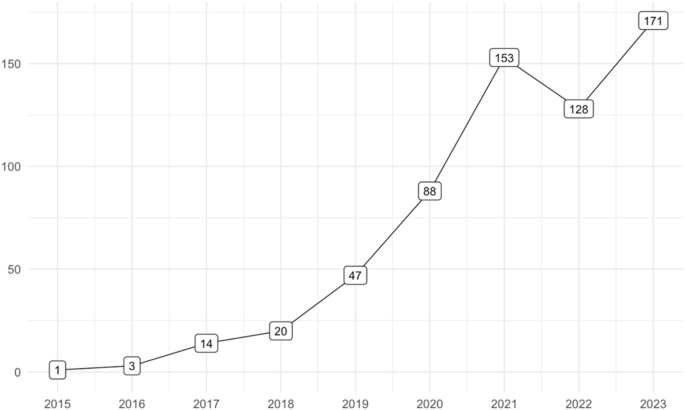What is driving this change in our understanding of biomarkers? Broader epistemological and technological changes have contributed (6), but one cause is the BEST Resource Glossary published in 2016. This is due to the ambiguity in the definition of biomarkers. It was originally presented by FDA and NIH leaders as a “dynamic document to promote common understanding.” among all those who study and use biomarkers and clinical assessments” (22), this glossary fails to achieve this goal. Biomarkers are defined as:
“A defined characteristic that is measured as an indicator of a normal biological process, a pathogenic process, or a biological response to an exposure or intervention, including a therapeutic intervention. Biomarkers include molecular, histological, They may include radiographic or physiological characteristics.Biomarkers are not measures of how an individual feels, functions, or survives.
The first part of this definition is often cited or implied by researchers (3), regulators (1), and industry (23) when defining digital biomarkers. However, it is often misunderstood to suggest that “defined characteristics” measured with digital techniques qualify as potential digital biomarkers. However, this glossary also emphasizes the need for biological plausibility, that is, the existence of a biological, physiological, or pathological pathway that plausibly explains the correlation. Additionally, this definition is based on the influential 2001 publication “Biomarkers and Surrogate Endpoints” (24) by the FDA-NIH Biomarker Working Group, which defined biomarkers as “biological Biomarkers are explicitly defined as biological markers.
“Biological marker (biomarker): a characteristic that is objectively measured and evaluated as an indicator of a normal biological process, a pathogenic process, or a pharmacological response to a therapeutic intervention.”
To avoid confusion, the BEST resource glossary should be updated to clearly distinguish between biological markers (biomarkers) and non-biological markers. This clarification also means that digital biomarkers must represent biological markers, not just digitally collected markers.
Incorporating RDoC’s nested units of analysis further clarifies the meaning of “bio” in digital biomarkers in psychiatry. Although ambiguous terminology may be tolerated in early studies, ambiguous use of “bio-” risks diluting scientific language and reducing precision (23, 24). Misuse of “bio-” can also impede interdisciplinary research and cause confusion between disciplines such as biology, medicine, computer science, psychology, and sociology (6).
The ambiguous use of “bio-” also carries social risks. For example, public misunderstandings and misperceptions of scientific claims can arise, as seen in the marketing of pseudoscientific products such as “biocosmetics” and “bioidentical hormones” (6) ( twenty five). Misuse can also reinforce deterministic narratives and oversimplify complex behaviors by attributing them solely to biology (7). Historically, the use of “biology” has given unwarranted authority to claims supporting social inequalities such as racial hierarchies (26). Additionally, labeling non-biological data such as digital behavior as “biological” could allow companies and states to collect personal data under the guise of biological monitoring (27 ).
Accuracy and scientific rigor in the use of “bio” is essential to mitigating these risks. Digital psychiatry authors, reviewers, and journal editors all play an important role in the accurate and consistent use of digital biomarker terminology in research and public discourse.

